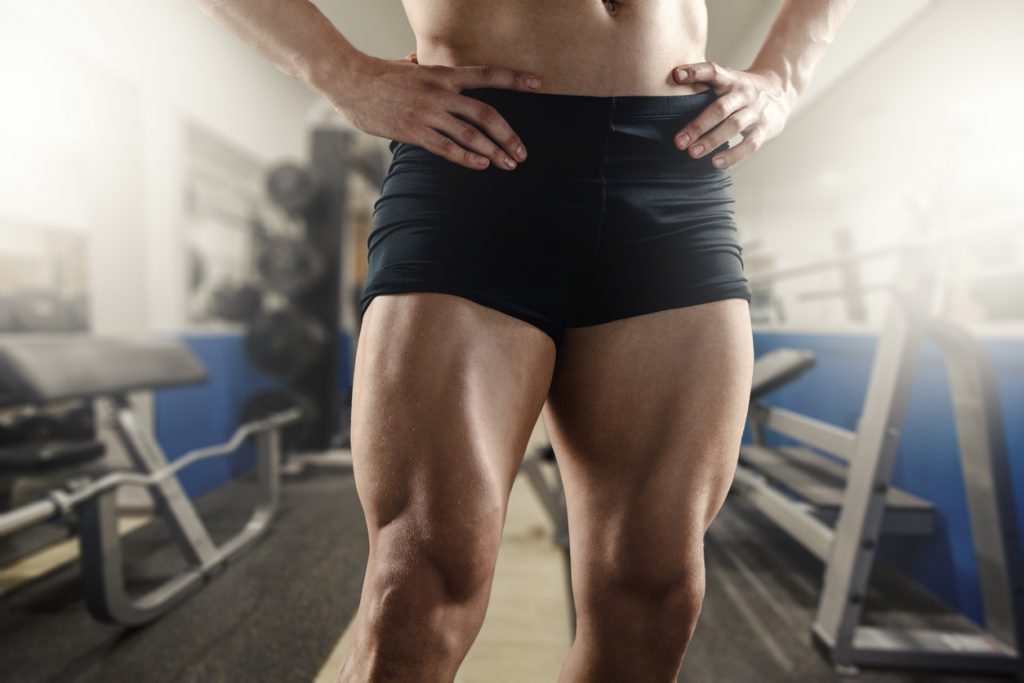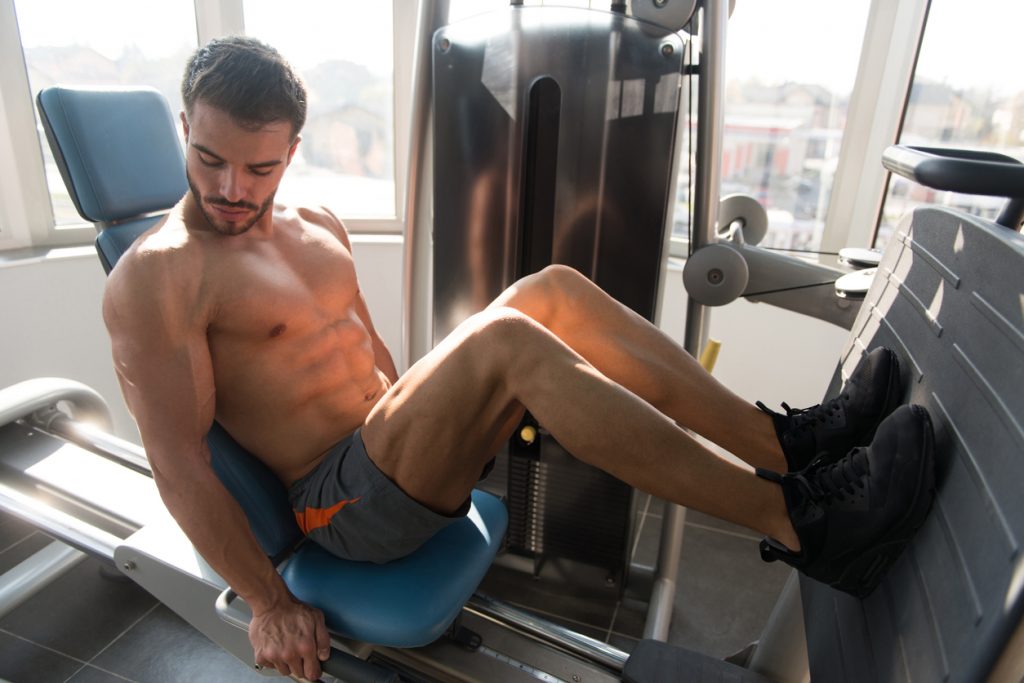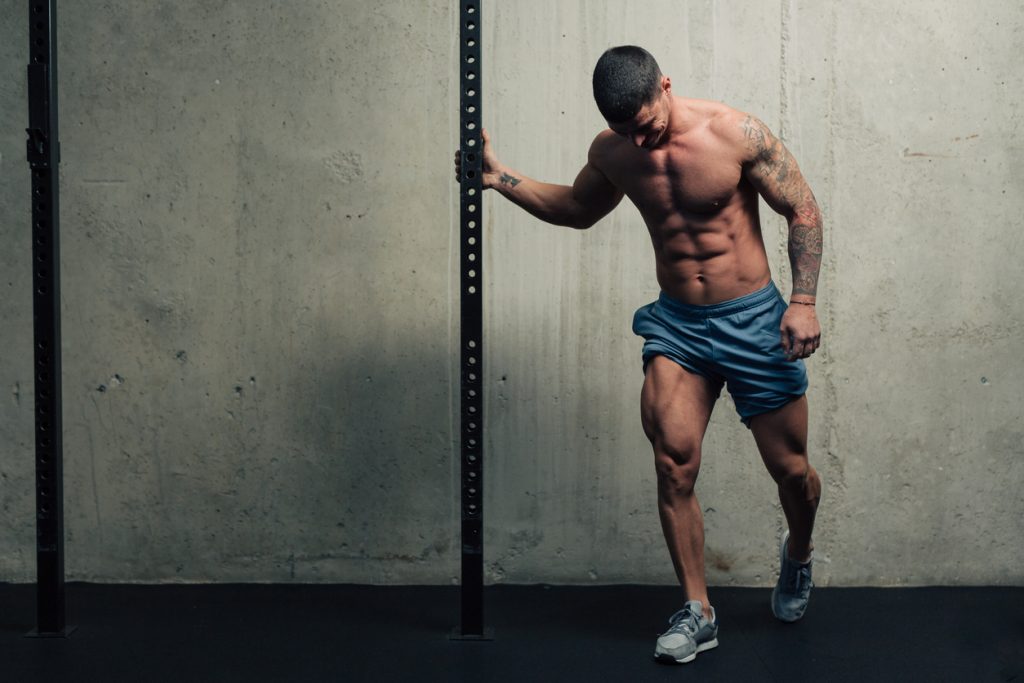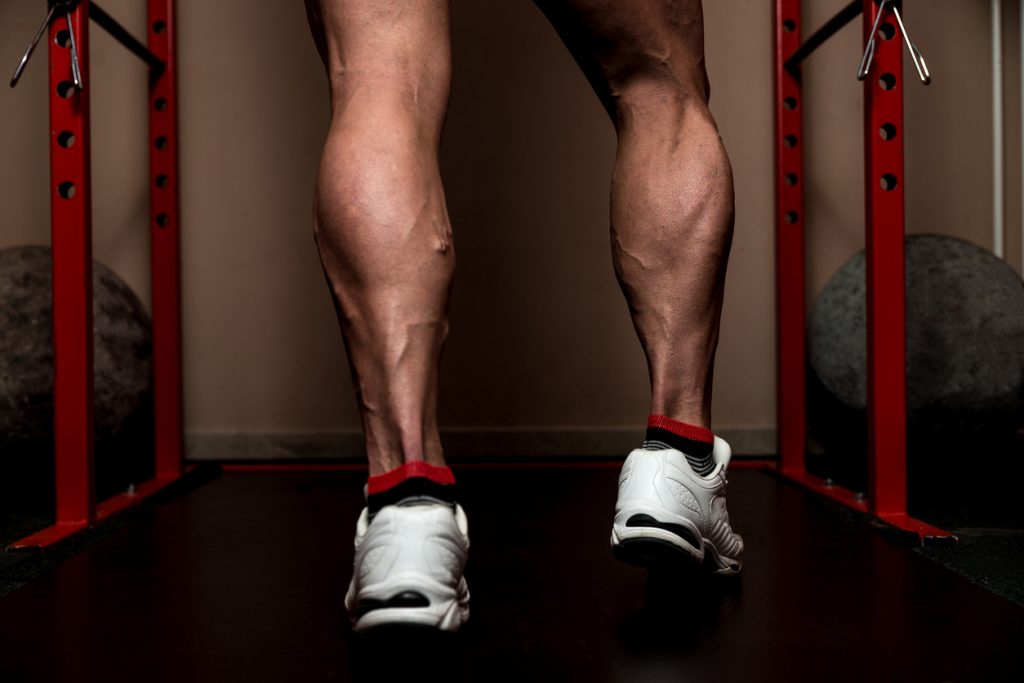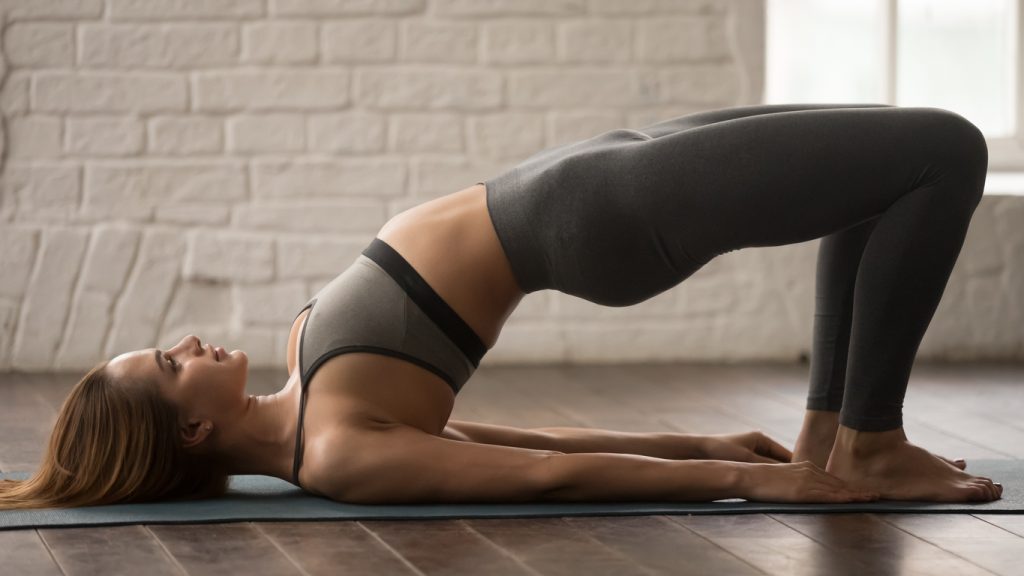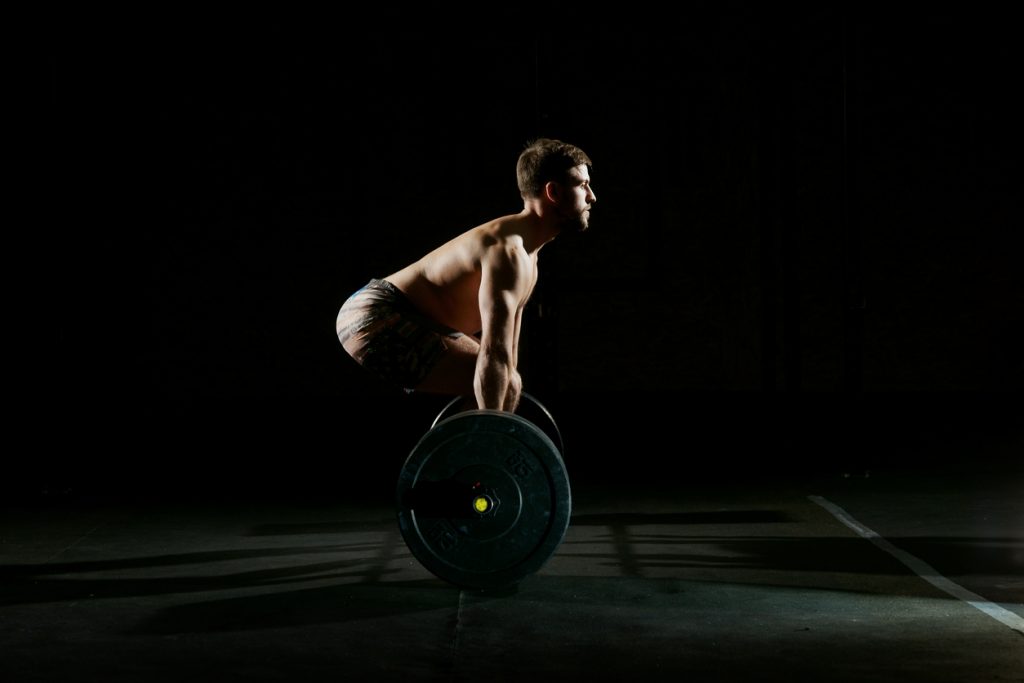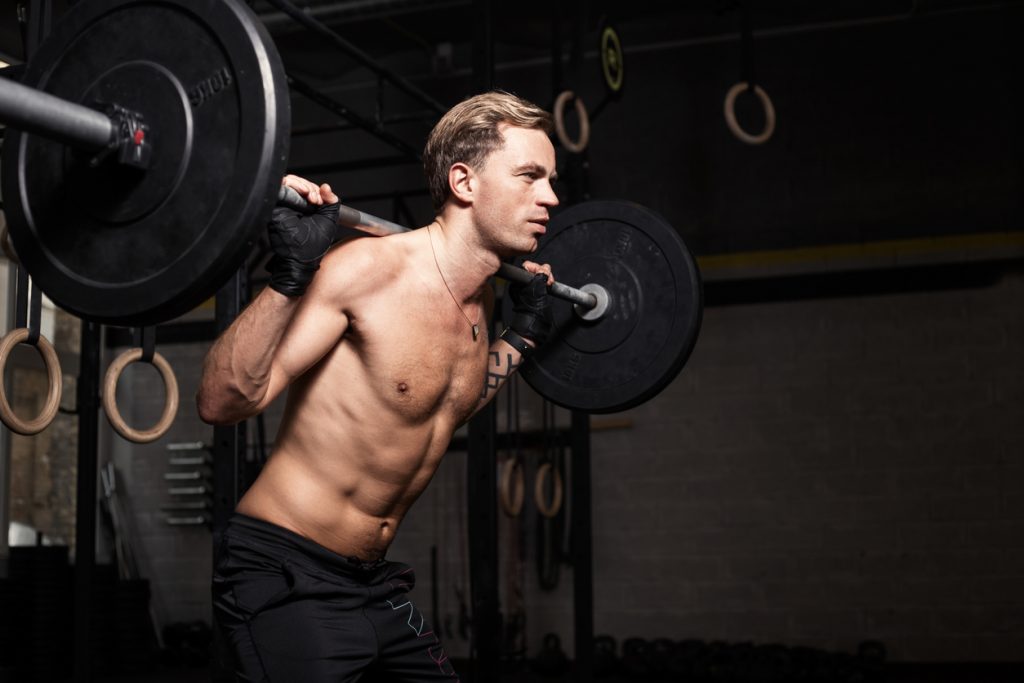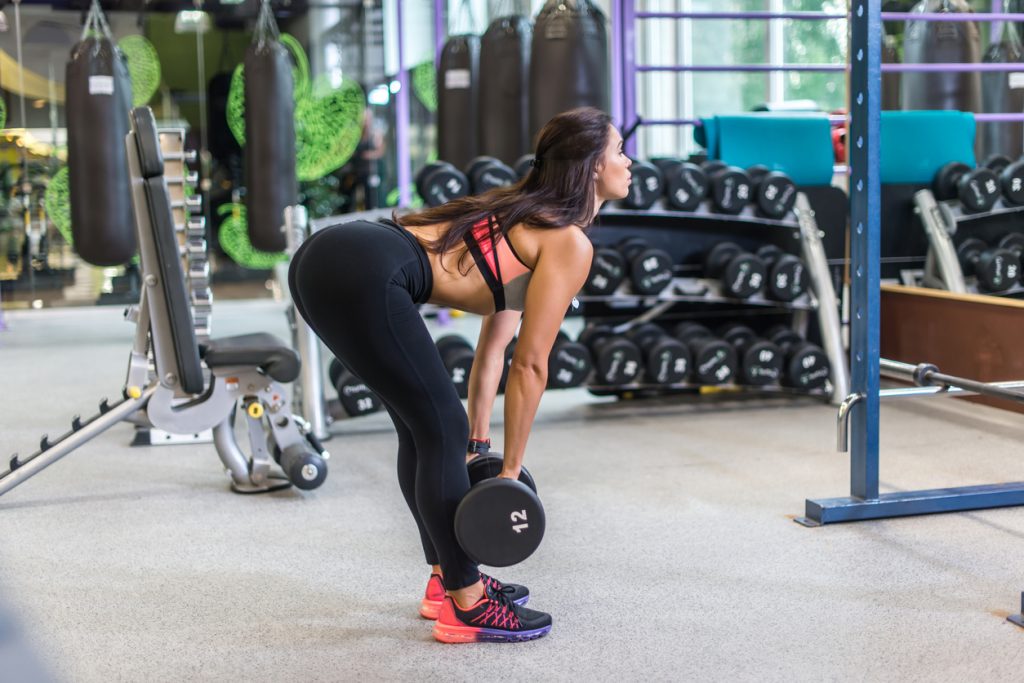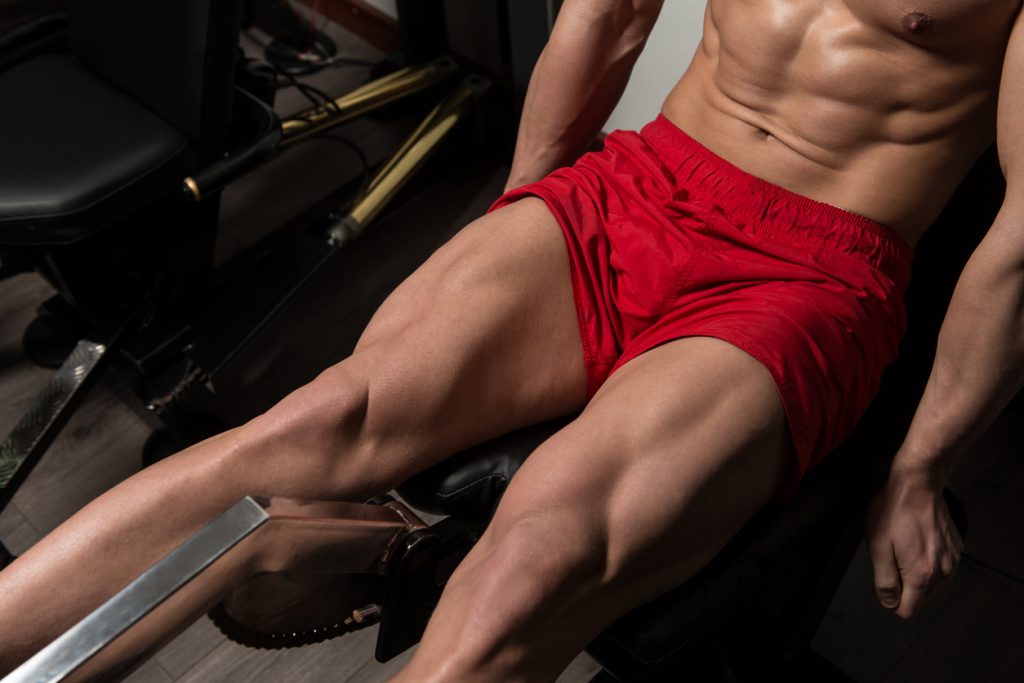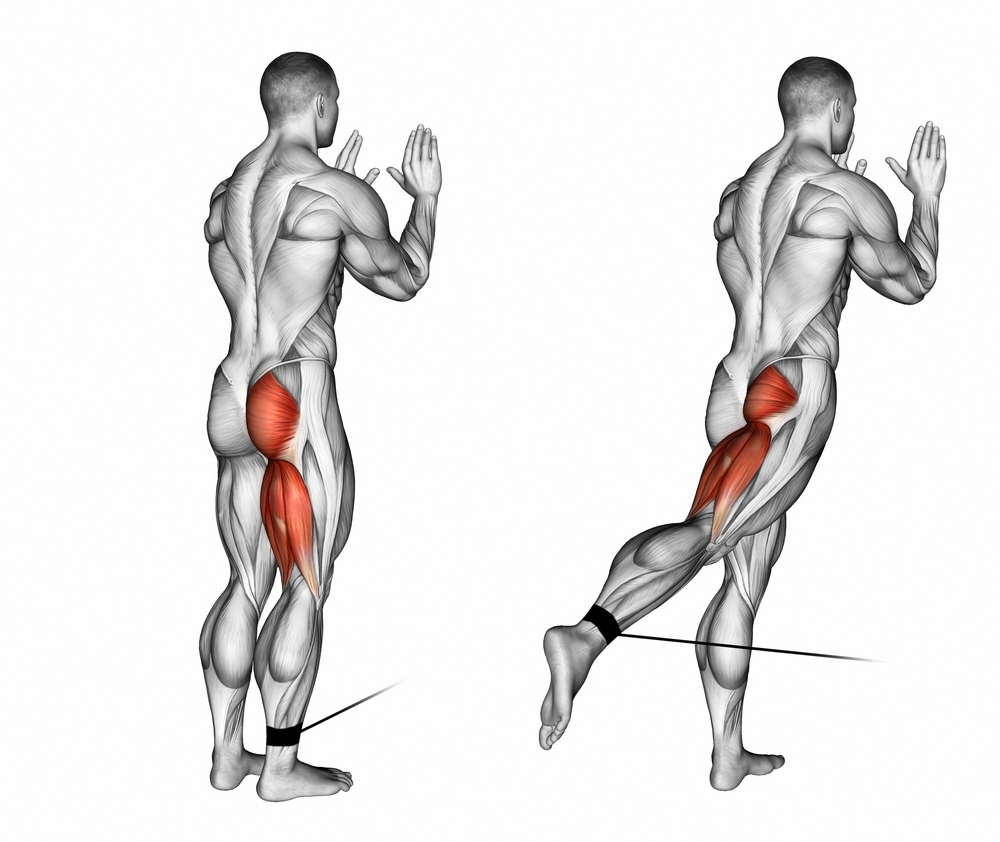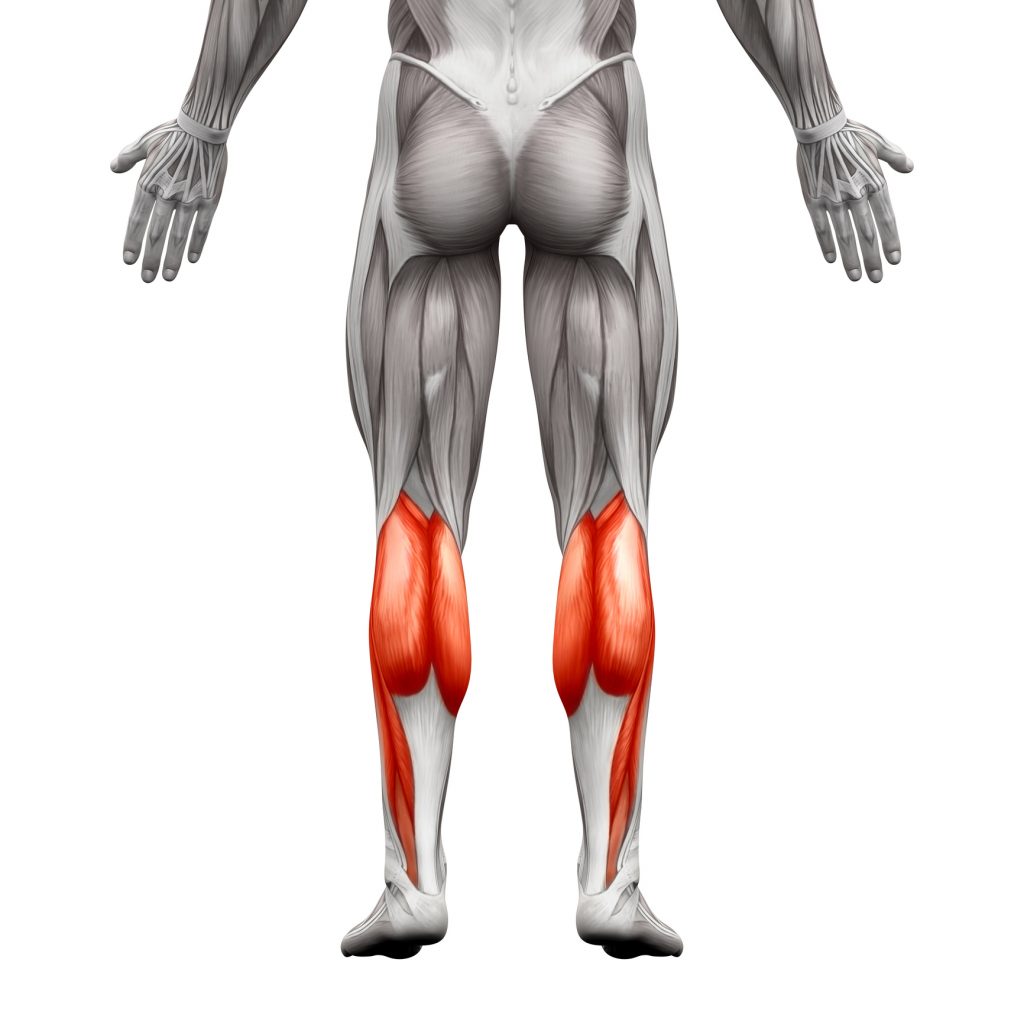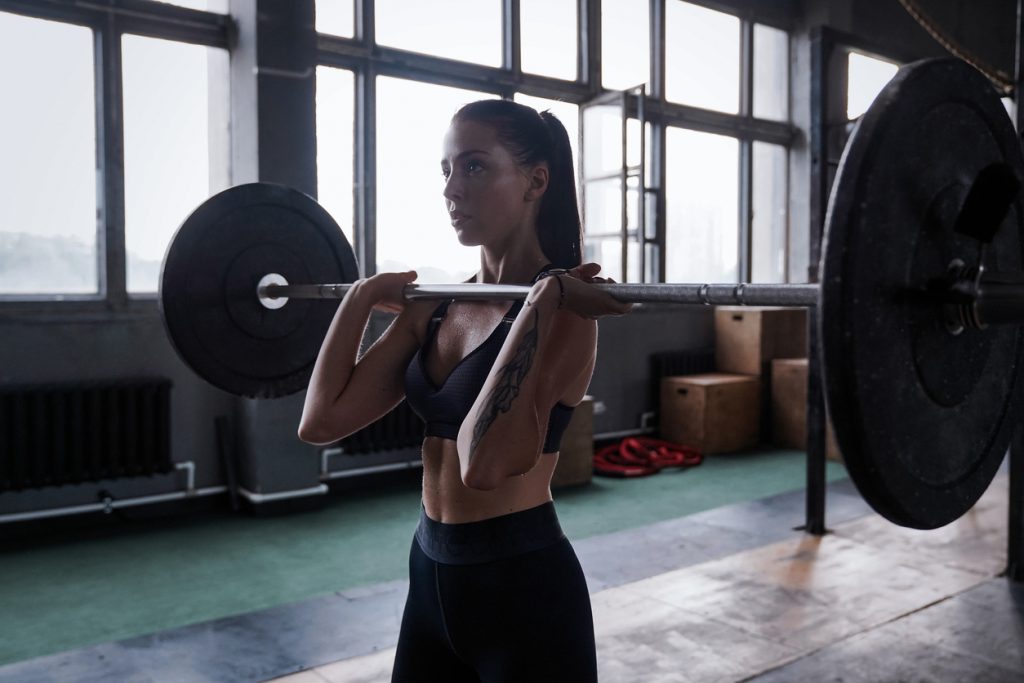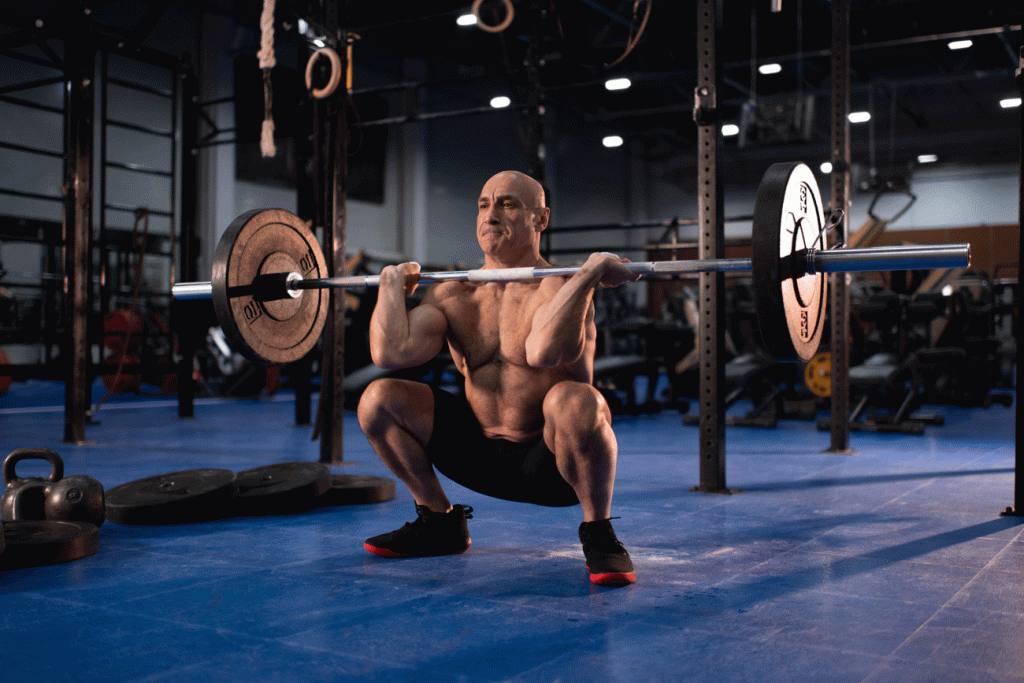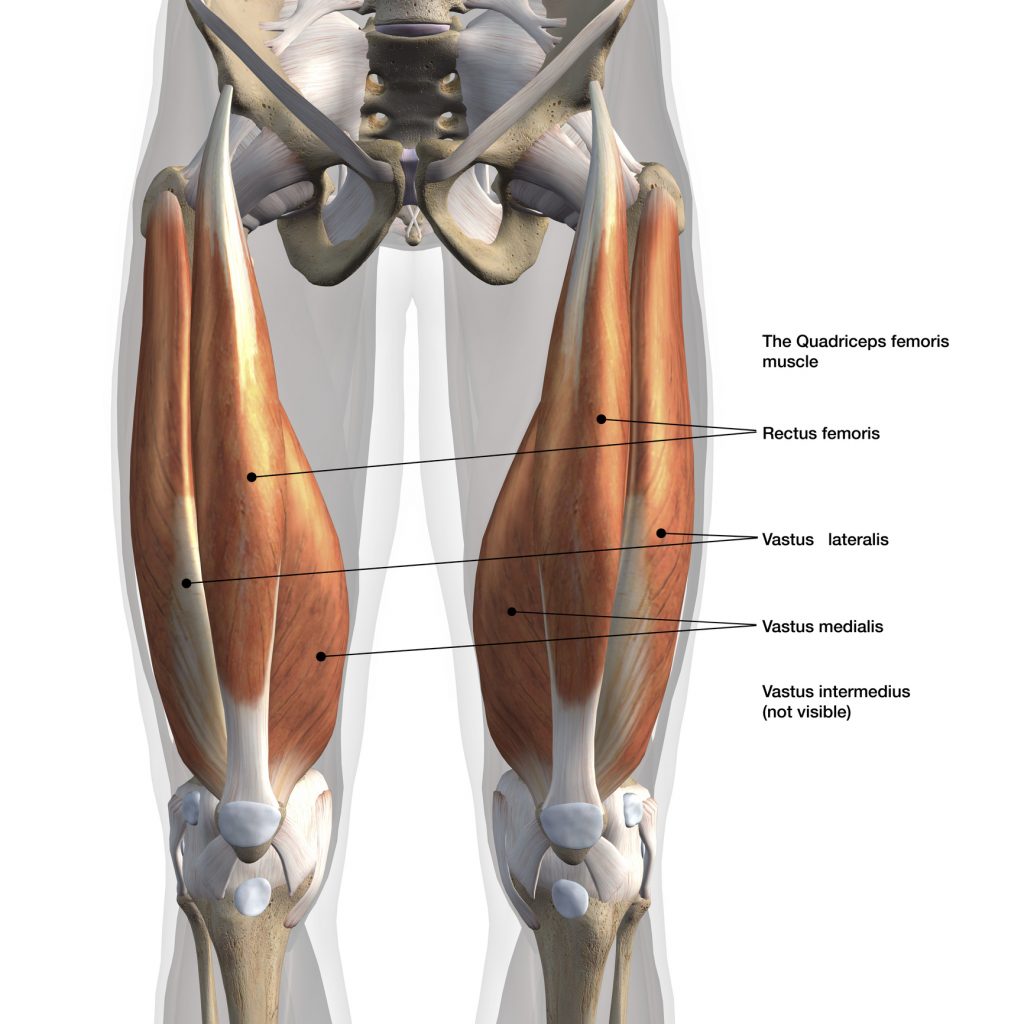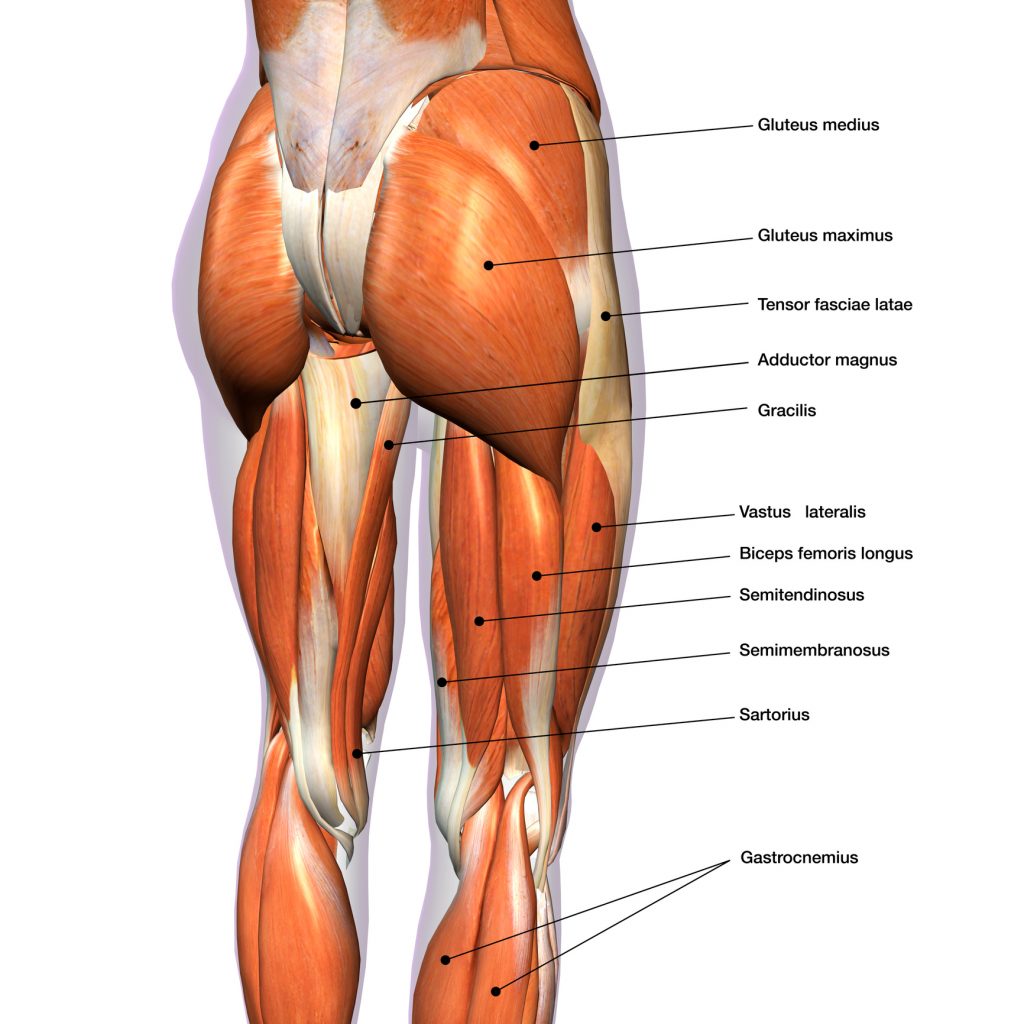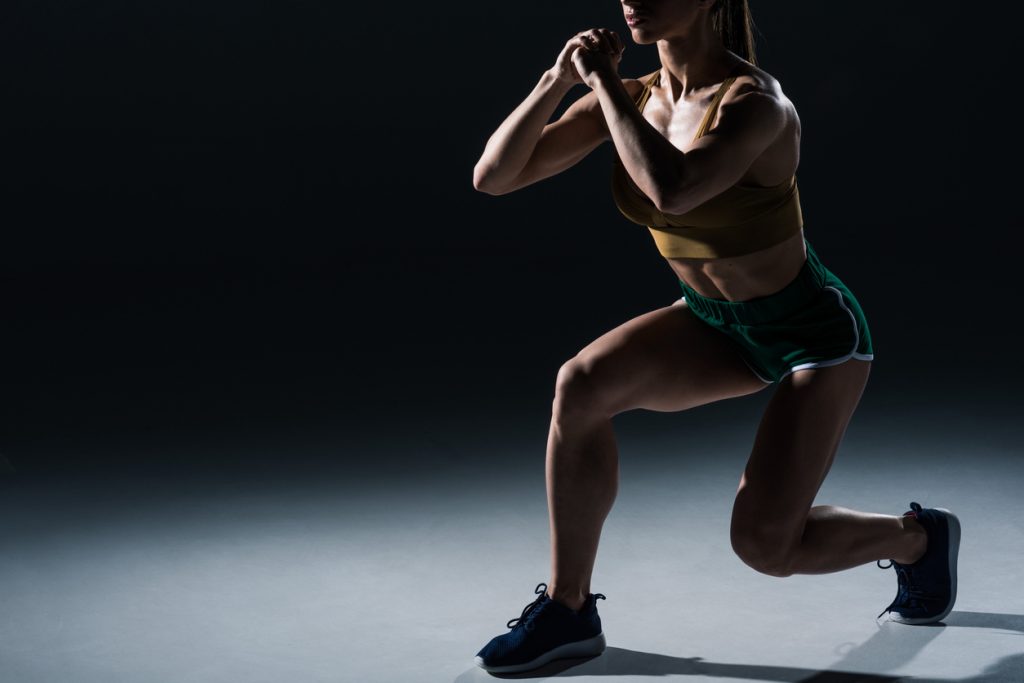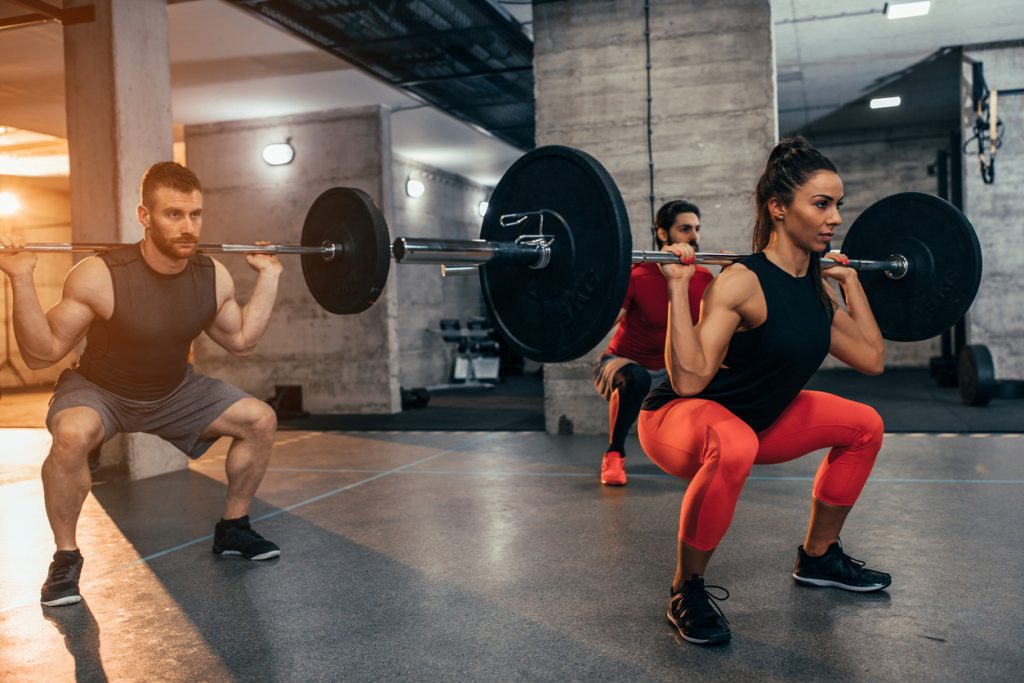For an athlete, training all parts of the body is a real challenge but it is essential to maintain balance as well as aesthetically. It is necessary to know the anatomy of every major muscle and the legs are part of that. Anatomically, they only refer to a part of the lower limbs from the knee to the feet.
But they extend from the hip to the feet and are made up of a number of muscles including the glutes, quadriceps, adductors, hamstrings, calves, and the iliopsoas. These muscles work in sync to support the body and provide movement, but their uses vary depending on the discipline being practiced (running, walking, descending). In this article, the parts of the legs will be discussed in their common sense.
The thigh muscles
The muscles of the thigh These muscles are closely related or even almost inseparable from those of the buttock, and their roles are complementary whether in movement or in their development.
Firstly, the glutes are an assembly of large muscle groups with a rounded shape located at the base of the back. Anatomically speaking, it is called the gluteus maximus or gluteal region, but its common name is posterior.
Subdivided into 3 parts, we distinguish the large gluteus maximus, which is superficial but its size explains the curved shape and brings immense strength to the whole gluteus. It also serves as a support to balance the thighs.
And then, there is the middle part or gluteal medium whose particularity is granted by its morphology in the shape of a fan, it is located below the gluteus maximus and ensures the joint of the muscles of the back and the pelvis.
Its role is also to stabilise the thighs. The gluteus minimus is located deep in the body and although it accounts for a small percentage of the strength, it still plays a key role in the abduction and rotation of the thighs. This muscular assembly ensures the relationship between the femur and the bones of the pelvis, so they constitute in themselves the hip joint.
Their indispensability is explained by their contribution to the body in maintaining balance, but also to the rotational movements of the hip. In addition, the muscles that support them provide additional power to the legs.
On the front of the leg is an assembly of four muscle bundles called the quadriceps. It works in the relationship between the femur to the patella and the tibia. The latter provides a great responsibility, and is considered the most powerful muscle in the human body as on them depends the support of the entire body weight.
The bundles that compose it are the rectus femoris, vastus intermedius which is located in a deep plane and vastus medialis itself made of two lateral bundles. These networks provide support in the standing position while supporting the knees so that they are not under too much pressure and bend.
The quadriceps is essential for any sport discipline as it is the very pillar that allows every movement to be performed.
The hamstrings, another muscle group located at the back of the thighs. Its surface extends from the back of the pelvis to the tibia and fibula. Its role is antagonistic to that of its counterpart, the quadriceps, as it allows a flexing movement of the leg, unlike the other which ensures an extension.
The muscles that make them up are the semitendinosus, semimembranosus, femoral biceps or thigh biceps and in terms of their intervention in movements they limit the complete extension of the knee and slow down the movements but also allow the latter to perform external rotations.
Further inwards on the thighs, there are the adductors. A muscle group that gives the curve to the super inner thigh. They are made up of 3 different sized muscle parts, namely the adductor magnus itself, which is made up of small bundles located deep inside the thigh and is considered to be the muscle with the most surface area in the inner thigh.
Then, the adductor magnus which is externally visible by being superficial and the last one is the adductor brevis made up of two bundles. It should be noted here that their existence ensures adduction, rotation and flexion of the thigh.
To this group are added two muscles of capital importance in adduction and for the hip, thigh and pelvis, but also flexions and internal rotation movements of the knees and leg on the thigh. A distinction is made between the pectineus, a superficial muscle extending from the iliac bone to the femur, and the rectus internus.
The muscles of the pelvic girdle
The leg section is very complex in terms of muscle networks and there are other muscles whose influence extends from the base of the spine to the groin. Its network extends into the thorax and reaches the abdominal area.
This complex assembly forms the psoas-iliac muscle, which is made up of two parts: the psoas major and the iliac muscle, which starts in the iliac fossa and ends in the femoral part of the thigh. But there is a third muscle whose role complements these two, even if it is lesser, but its existence varies from one individual to another, especially if the latter has a well-muscled and dry abdomen.
This muscle is important because of its ability to allow flexion movements of the hip and trunk on both sides.
The muscles of the lower leg
The calves are muscles most often ignored by many bodybuilders. Yet they play just as crucial a role in dynamic movement. Strengthening your calves is easy and can be practiced anywhere without equipment, but you must not neglect stretching to avoid tendonitis. More commonly known as the sural triceps, they are the result of the assembly of 3 muscle bundles.
Anatomically the bundles are formed by the twin muscles located on the surface, the soleus more deeply and form the Achilles tendon inferiorly. Its large volume is a result of these. These muscles play a role in many types of movement, especially in walking, such as standing, flexing and elevating the ankle and heel, and propelling the feet when jumping, for example.
But also partly ensure the flexion and rotation of the knees with, of course, the support of other series of deep muscles such as the popliteus, the tibialis posterior ensuring the flexions of the feet and the long flexor of the hallux.
Some exercises to strengthen the legs and glutes
- The squat
- Benefits of doing the squat
- The best exercises for the thighs
- Low pulley lunges
- Front squat
- Clavicle squat
- Calf extension
- Strengthening your calves
- The best exercises to strengthen your legs
- The best exercises to build up the buttocks
- Deadlift sumo vs conventional
- Best buttock exercise: Hip Thrust
- The Quintriceps

